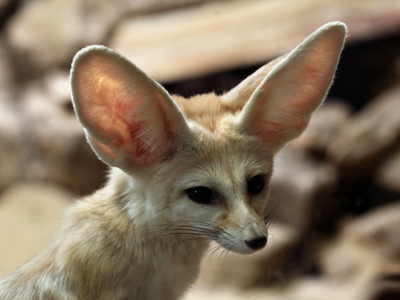
Physics - Rate of Heat Transfer (AQA)
One of the topics studied in GCSE Science is the transfer of heat energy This is one of eight quizzes on that particular subject and it looks specifically at how we can increase or decrease the rate of heat transfer via convection, conduction and radiation.
Heat is thermal energy and can be transferred from one location to another by conduction through solids, convection in fluids and as heat rays (thermal radiation). Conduction and convection involve the movement of particles but thermal radiation involves the electromagnetic waves known as infrared. These travel at the same speed as other electromagnetic radiation - the speed of light. This makes radiation the fastest way for heat to move from one place to another. It is so fast that it only takes just over 8 minutes for heat to reach the Earth from the Sun, about 150,000,000 km away!
Ready for more?
not all...
quizzers. Try to win a coveted spot on our Hall of Fame Page.







